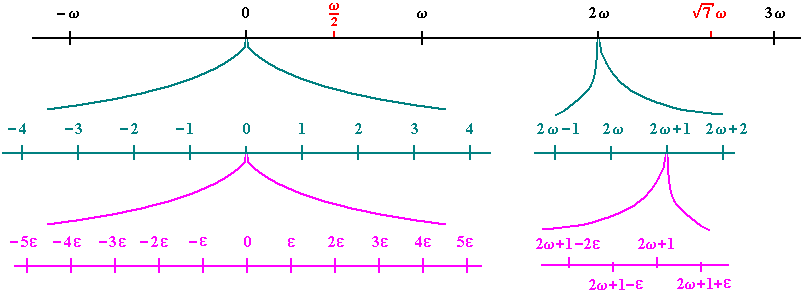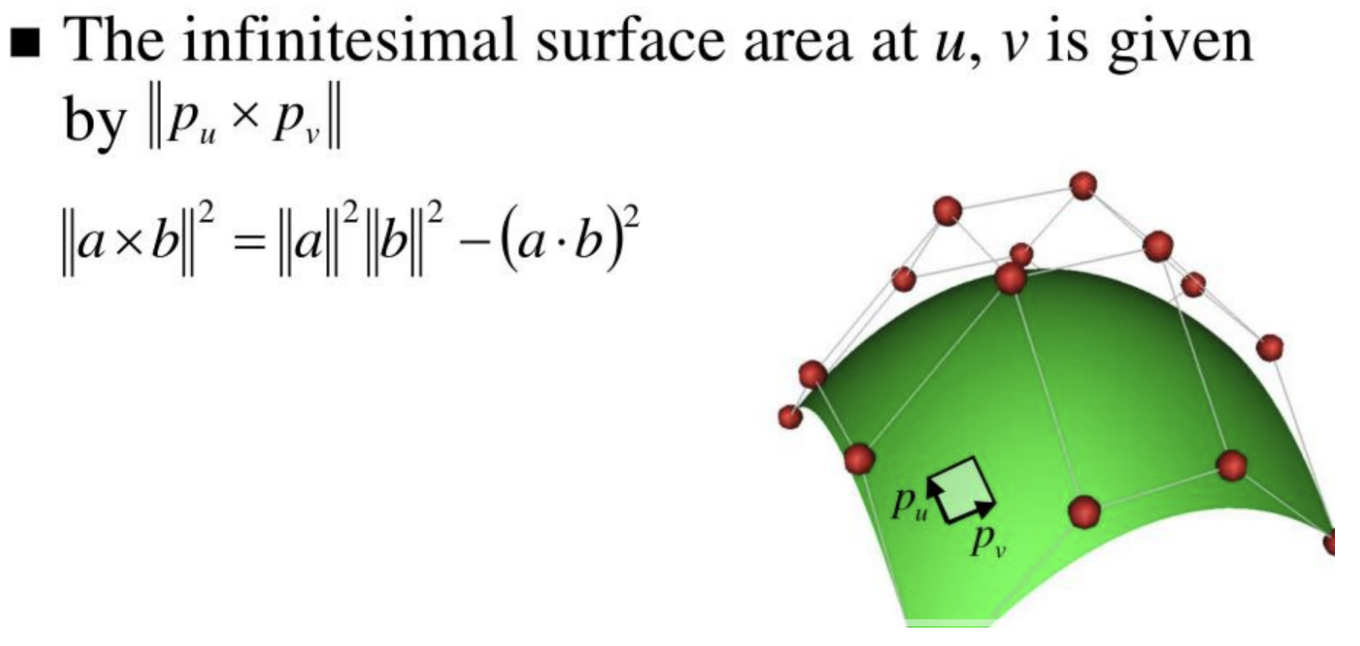Manifolds are better described as 'shapes'.
Hyperfinite is an unlimited number, often an integer. A whole number larger than any standard n.
Imagine a graph with hyperfinitely many vertices and edges, where the edges have infinitesimal weights. If I were nearer my iPad I'd draw it.
The edges are the tangent vectors of differential geometry. Another way of thinking about it is that the vertices are each the zero vector of an infinitesimal space, because they are. differential equations become difference equations. this is also why so many techniques from riemannian geometry (which includes every relevant shape) make their way into graph theory, and why diffusion is fundamental.
A world in every grain of sand
Hold infinity in your hand and eternity in an hour. If your time scale was infinitesimal, an hour would be an eternity (hyperfinite).
Important visual: (spelled "omega", pronounced "oh-mega") represents a hyperfinite number. It's our hyperfinite unit. This is exactly like picking how long a meter is. We fix it ONCE AND FOR ALL TIME. It carries no information other than its name and level of size. We may set it to a convenient value, such as the product of all (standard) natural numbers. Now we have a bit more info about : it's an integer and any standard number can divide it (handy for picking mesh sizes).

Example: Let's take the grain of sand to be the point , on the right. I picked an infinite point to illustrate how these really are just ordinary numbers. Meditate on the phrase radically elementary. The world is the pink line around it, a 1D microvector space. The sand cannot be discerned in any finitary way from an infinitesimal displacement (sum/difference) of it.
Note that the microvector space really is a vector space. infinitesimal + infinitesimal = infinitesimal. standard x infinitesimal = standard * 1 / infinity = standard / infinity = infinitesimal. The rest of the definition you should verify, dear reader in Christ. If you grok the Transfer Principle, this exercise is trivial.
POLL: microvector vs tiny vector as terminology?
Aside: For a radically elementary Feynman path integral, take the universe and put it in a hyperfinite 4D cube of edge length . Then its 4D measure is . Whether or not the universe is infinite, we can always do this embedding. Now cut it into 4D cubes of edge length , an infinitesimal.
This gives us a lattice, which is easy to realize as a graph. The formal technical issue of infinitely many paths to integrate over dissolves, though the problem is still hard. But now we can ask the question properly.
Aside Aside: Our notation for numbers is remarkable. It started with only whole numbers, but extending to fractions just required enlarging the exponent set from positive numbers to positive and negative numbers, plus a dot. Now we extend it again, this time to numbers big and small.
Example: . Another way to write it is 37...0.000...021.
The first digit represents , the second represents , the second to last digit represents and the last digit represents . This sequence is infinite, but it is COMPACT. So it has a beginning and end. On that note, .
This lets us use a discrete object (hyperfinite graph) to describe a continuous one (manifold). For ML fans, pixels are (hyper)tokens. This is because the hyperintegers are isomorphic to the limited reals.
To see how they are isomorphic, imagine zooming into an interval. At a hyperfinite zoom factor, the continuity of the line breaks, because there are infinitesimals in between the standard numbers. The infinitesimal neighborhoods are disjoint, so we can separate points by infinitesimal balls of size . But we can zoom in again and separate those points by balls of size ...
Since this argument applies at each zoom level, this implies the hyperreals are totally disconnected! They sure don't look disconnected. Zeno all the way down.
Here's a picture to illustrate the concept of microdiscretization, or ideal discretization (I did not make the picture because I would never use the perverted cross product).
